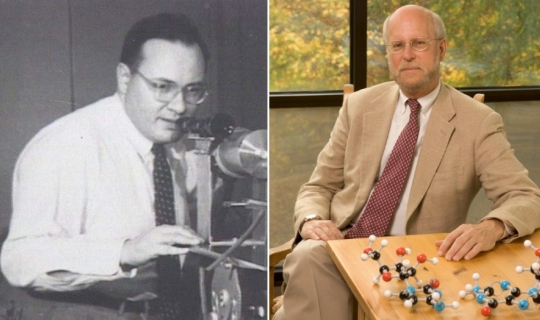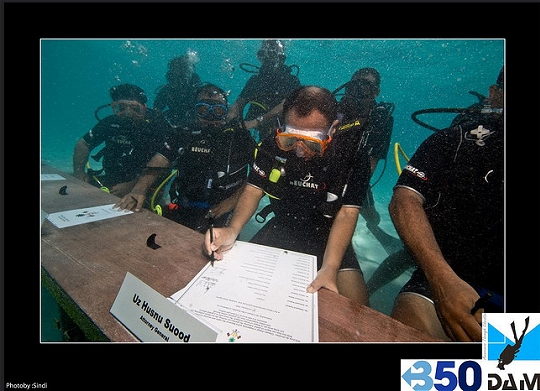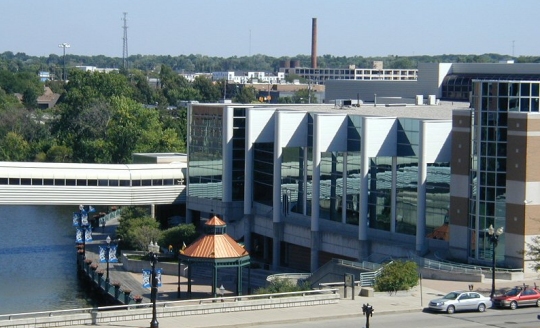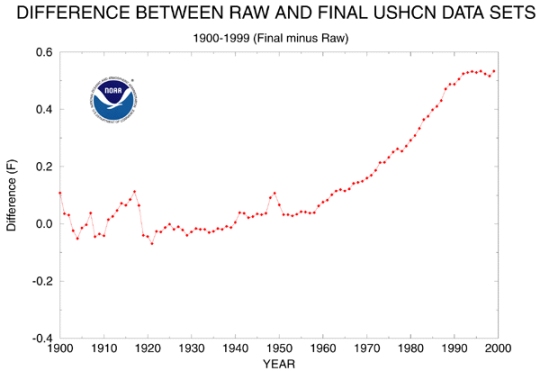You might have noticed a deafening silence coming from this obscure stop on the Information Superhighway. It has been more than a month since my previous blog post, which is nearly unheard of for me. I might go a week to two without blogging, but rarely a month! In fact, one of my readers was concerned enough to text me and ask if everything was okay. Yes, everything is fine. I was really, really busy last month finishing up my new book Discovering Design with Chemistry. Things are still on track for it to be released on August 17th, so that’s good. After I got done submitting the final pages of my book to the publisher, my wife and I then left the country for two weeks to celebrate our 30th wedding anniversary, which was actually last year. We had a wonderful time and just got back into the country.
With all that said, I thought I would break the silence with something a bit different – a question to my readers. Since many of you are interested in science, I wonder if you remember back in March of 2014 when it was announced that evidence for inflation, a a necessary fudge factor in the Big Bang Model, had been discovered. Researchers on the BICEP2 experiment supposedly found a polarization pattern in the cosmic microwave background that should have happened as a result of the inflationary process. It was greeted with great media fanfare. For example, Scientific American (which should be more scientific) had an article entitled, “Gravitational Waves from Big Bang Detected.” In it, the author said:
Physicists have found a long-predicted twist in light from the big bang that represents the first image of ripples in the universe called gravitational waves, researchers announced today. The finding is direct proof of the theory of inflation, the idea that the universe expanded extremely quickly in the first fraction of a nanosecond after it was born.
So, according to Scientific American, the BICEP2 experiment proved inflation! Space.com said the data were the “Smoking Gun” of inflation, and the New York Times agreed.
Of course, there were other news outlets that were more responsible, including the fact that the results were tentative and not yet peer reviewed. Nevertheless, the overall coverage made it seem like the research team had confirmed that cosmic inflation really occurred.









